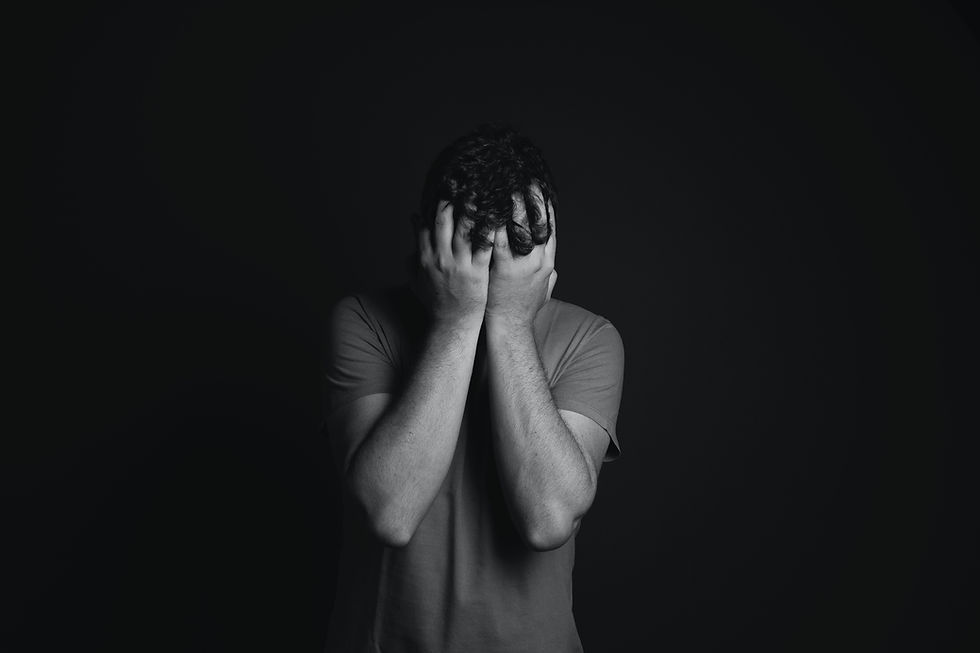Has the Evolution of Beauty Standards in the Fashion Industry Impacted Our Mental Well-Being?
- Camille Traineau
- Oct 5, 2021
- 3 min read

During the 1990s, the ‘heroin chic’ trend was a very popular visual code in the fashion industry. This meant it was intensely desirable for models to be extremely thin, have pale skin, and dark under eyes; a look that appropriated the use of hard drugs.
Although I was not at the forefront of this 'trend' (due to my birth date being in 2000), I still feel these messages have has an effect on many people over the last thirty years. Due to intense media backlash and eventual public disgrace, due to it being perceived as glorification of drug use and making it seem ‘cool’ for the youth, this trend was put to rest.
This era of fashion had a big impact on mental well-being for all who were susceptible to it, in a deeply negative way. This concept that being skinny makes you ‘better’ has a direct effect on the increase of mental health issues such as eating disorders and body dysmorphia, and these problems still prevail today.
Not only does this notion impact individuals directly, but the harmful impression is also being passed down through generations. With many parents looking up to this beauty standard, without the modern knowledge of health and fitness, disorderly eating habits have been (and continue to be) passed down to their children. Personally, I have been around close friends whose parents feel it is their duty to make sure their children are slim.
What's more important is health, however, but when these ideas are presented as facts, many children feel they have less worth and self-value if they are not skinner than their perceived 'healthy' weight. It has become impossible for many people to know what their healthy body looks like, as any weight above heroin chic is deemed as unattractive.
By interviewing six women aged 20 to 22, I gained insight into young women’s attitude and response to the way the fashion industry has told them how to look and feel based on body weight. “I feel like insecurities were built into us when we were so young” was one response. This highlights the importance of tackling the issue sooner rather than later, as it influences young people while they’re still growing and developing.
This has led to long lasting negative health complications such as irregular heartbeat, insomnia, loss of periods and stunted growth. As young women, we are always taught how to appear more desirable for men and how to act ‘lady-like’ and these ideals are perpetuated everywhere we go. The centre of this issue lies deeply within the fashion industry as the hierarchy of celebrity has led us to believe that anyone who is ‘above’ us, is more important and should be looked up to as a role model.
In recent years, models have been presented to be an athletic skinny rather than a starvation skinny, which has had a more positive impact on mental health in fashion. Many videos of supermodels, for example, Kendall Jenner, have gone viral and fortunately they talk more about a balanced diet and regimented exercise. I still feel that the messages can be dangerous as people can over-exercise and do not understand the importance of nutrition, however, it is a step in the right direction.
The body positivity movement has unleashed a much healthier attitude towards our self-worth and the way we respect other’s choices and their eating habits and ability to exercise. On the other hand, there is still this prevailing message throughout that there is a need to be a smaller size to be deemed attractive. Over time, people are understanding the extensive use of Photoshop and ability to recognise body shape and weight is an individual issue rather than aspiring a silhouette that is not obtainable through healthy methods.
We still have generations to protect and nurture, but with small impactful changes in the way we display bodies in the fashion industry we will see a dramatic shift in positive mental states across the general public and a happier environment for young people through their prime developmental stage of life.



Comments